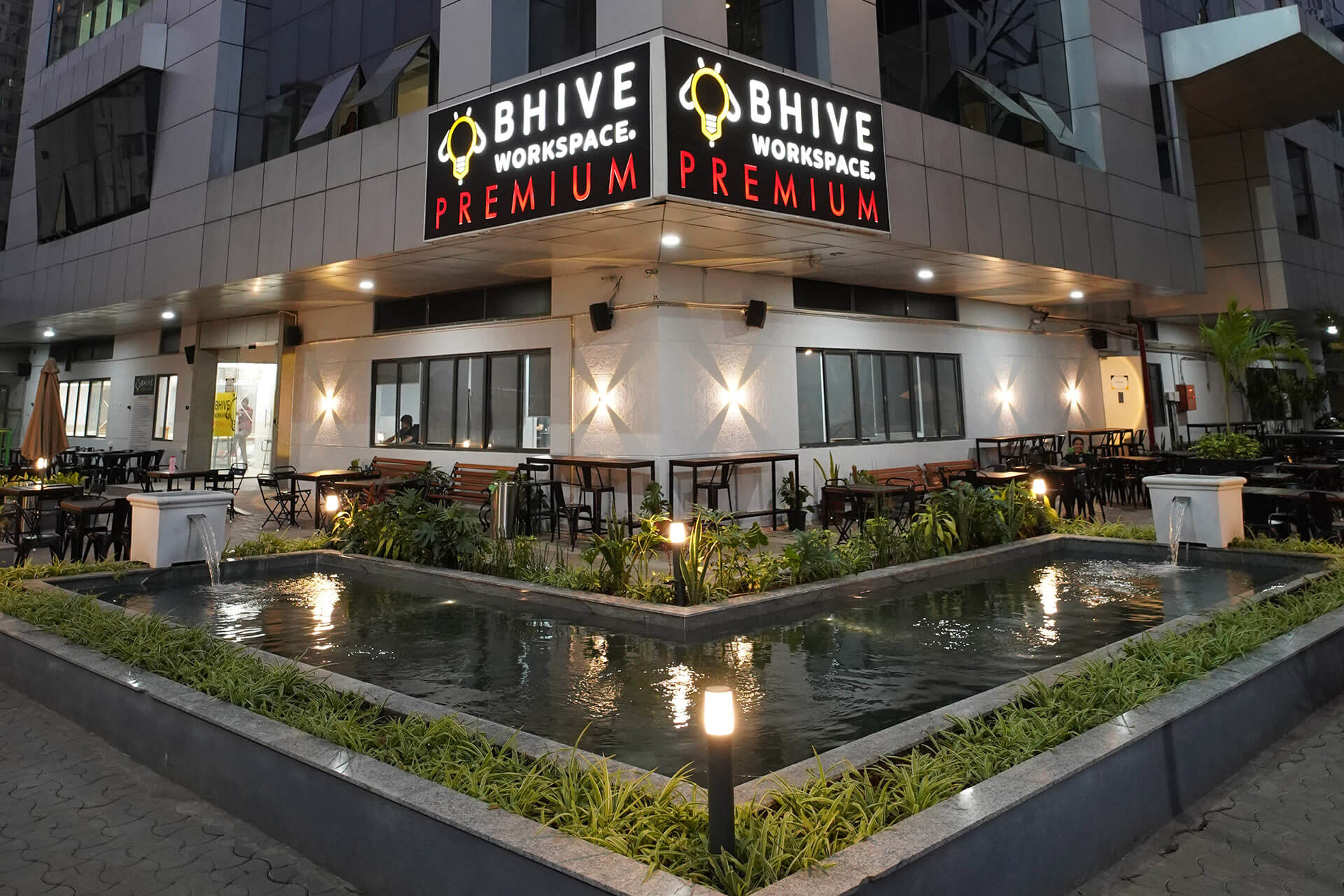E - PAPER
Designing Workplace to Enhance Wellbeing
Ajay Malhan, CEO, NCUBE Planning and Design Pvt. Ltd. speaks on Designing a workplace to ensure health and wellbeing. When it comes to designing a workplace, what should be the foundation of the design intent? While exhibiting copious creative workplace ideas such as eliminating
 BY
Realty Plus
BY
Realty Plus
Published - Tuesday, 22 Oct, 2019

Ajay Malhan, CEO, NCUBE Planning and Design Pvt. Ltd. speaks on Designing a workplace to ensure health and wellbeing.
When it comes to designing a workplace, what should be the foundation of the design intent? While exhibiting copious creative workplace ideas such as eliminating the cubicles, inculcating latest technology, reflecting the outdoors inside and adding biophilic elements are always at play, there is perhaps one integrated design solution that needs tangible reflection in the workplaces: improving health and wellbeing of the employees.
Smart organisations know the importance of employee wellbeing and understand that their primary goal is to enhance the performance of their people by coordinating with the experts in office design. Because when employees are productive, the outcome is accurately translated into the success of the organisation. In simple words, success of an organisation is directly proportional to the productivity of employees. And Productivity is an outcome of ability and motivation coupled with health and wellbeing.
How to define a healthy workplace?
Are Mondays all about blues to the employees? How often are they excited to go to their workplace? Do they look forward for Fridays? The response to these questions is a candid measure to the healthiness of a workplace. Given the fact that employees spend one third of their lives at work, the working environment significantly affects the health and wellbeing of the employees.
A healthy work environment is primarily defined as a place where the mental wellbeing of employees is good for everyone and enhances personal and organisational resilience, growth and success. One of the most prominent characteristics of a healthy workplace is that there is less absenteeism because motivated employees do not like to take a day full of opportunities off.
Pragmatic wellness strategies to creating a workplace healthy
The workplace design solution that one arrives at is for an office to become an environment that nurtures health and wellness of the employees. Following are the compelling workplace strategic solutions to improve the health of the employees:
Active design strategy
Sedentariness comes as a mandate in many professions and works as a slow poison. Prolonged sitting is as harmful as smoking. The idea behind the active design strategy is to make employees active, give them a reason to walk around their office and reduce sedentary. The office space design should be flexible, offering more choice to employees to decide how, when and where they work. Adjustable workstations (AWS) or sit-stand desks can help reduce prolonged sitting.
Nurture biophilia
Humans hold a strong desire to be connected to nature. There is a mounting evidence that biophilic design can substantially increase the productivity of the employees. Biophilia is one of the best-in-class design solutions that can be achieved by incorporating real plants, graphics, materials and patterns that evoke nature.
Focus on the mental health
Employee involvement, recognition, growth and development are important parameters of their mental health. The workplace designers should, at minimum, maintain and look after employees’ health. Designing an office space with the right degree of transparency by achieving appropriate number of open, closed and collaborative spaces contribute effectively and positively to employees’ mental health.
Improve the IAQ
Adequate ventilation and air circulation plays a crucial role in a healthy workplace. It is important that the HVAC systems are working properly, removing the indoor air pollutants and promoting a more consistent air quality throughout.
Reduce acoustical and visual distractions
Inadequate noise and less privacy have been identified as sources of workplace dissatisfaction. It is important for employees to have acoustic and visual privacy depending on their degree of work.
Play with colours
Adding colours is a creative design idea that can positively contribute to mood uplifting, happiness and productivity in a workplace. Different colours create different psychological responses. Colour plays a vital role in the built environment and when used correctly, it can greatly improve a person’s experience at work.
Collaborative areas
Innovative workplaces shake things up. By installing small hubs for collaboration into design spaces, employees get encouraged to socialise and exchange great ideas. They come together to find the solutions instead of working in silos, and thus create an overall healthy workplace.
Enhancing the daylight
There’s no greater feeling than to be able to witness the weather outside with chirping birds and waving trees at the workplace. By letting the daylight enter the workplace, not only do the employees get a direct visual connect with the world outside that lifts their mood, natural light also adds to the performance of the employees.
By creating a workplace strategy in provided environments that nurture employee wellbeing, organizations can ensure that health is not something that comes as an after-thought. Instead, health is the forefront of any workplace design. Afterall, when employees are healthy, there’s no stopping to the overall success.
RELATED STORY VIEW MORE
NEWS LETTER
Subscribe for our news letter
E - PAPER
-

CURRENT MONTH 
LAST MONTH















